Lemon Novogruzinsky, description of the variety, advantages, care features
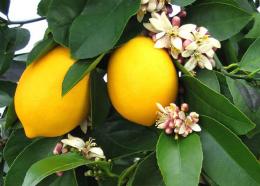
Varieties lemon There are quite a few, about two hundred, but not all of them are recommended to be grown at home. It is recommended to give preference to low-growing, productive varieties that do not require a large volume of soil and begin to bear fruit in the second or third year of life. Among these, experts name: Novogruzinsky lemon, Panderosa, Meyer.
Content:
- Description of the lemon variety Novogruzinsky
- Rules for planting lemons
- Care: watering, fertilizing, temperature control
- How to form the crown of a Novogruzinsky lemon
- Diseases and pests
Description of the lemon variety Novogruzinsky
Among indoor plants, representatives of this species will differ in their small size. An adult tree can reach one and a half to two meters in height. A correctly formed crown with shiny bright green leaves of an elegant elongated shape looks extremely attractive.
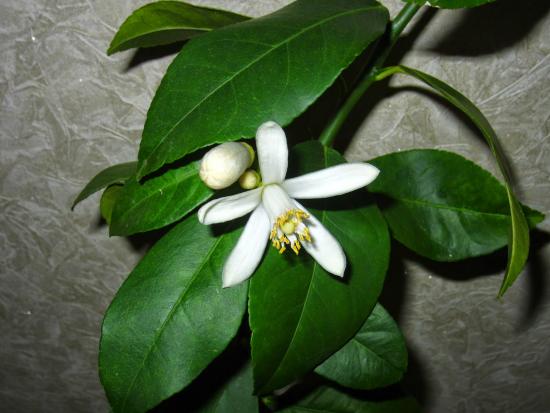
Blooms lemon Novogruzinsky is very beautiful, the flower petals are large, with a light purple hue, with a very pleasant aroma. There are many fruits, when ripe they have a glossy skin and a very pleasant, pronounced smell. The yield of the tree is high; it can produce dozens of fruits per year. Bloom lemon of this variety can begin 4-5 years after planting.
Fruiting occurs annually. The fruits are quite large, weighing up to 120 g, and have an oval shape.
Juicy, sour in taste, the pulp contains a lot of useful substances, including:
- vitamin C
- citric acid
- fructose
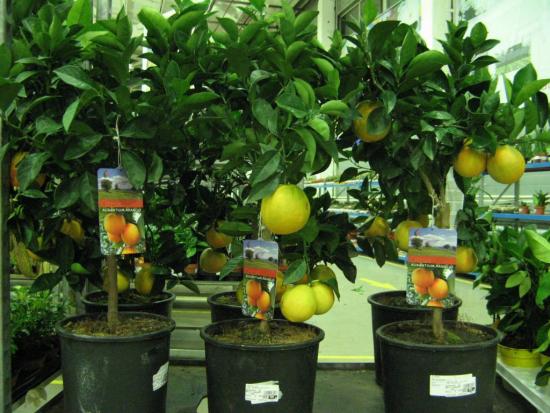
A positive point is that the plant can withstand the dry air in the apartment, which occurs during the heating season.
The lemon was bred in Sukhumi; an employee of the local experimental station, the famous breeder Murri, worked on its creation.
Rules for planting lemons
If desired, you can grow a tree from the seed, you can also buy New Georgian lemon at a flower shop; its seedlings are often sold as indoor plants.
If you plan to grow from a seed, you will need to find a fruit of this particular variety. To get the right result, it is better to remove several seeds and plant them in a container with soil.
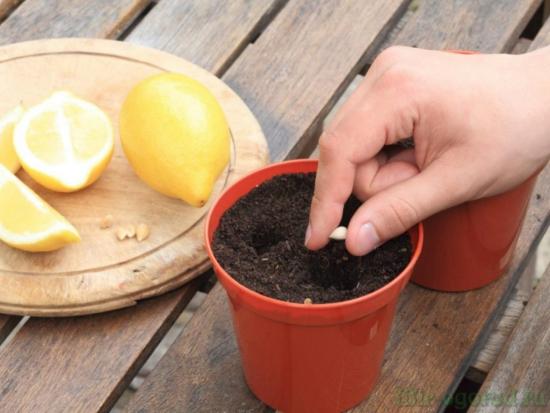
It is recommended to follow the following procedure:
- Drainage holes are made at the bottom of a small container
- the bottom is filled with expanded clay
- then comes the layer soil, it is advisable to purchase at a flower shop, suitable specifically for growing lemon
- the soil is lightly watered with warm water
- the seeds deepen by about 2 cm
It is recommended to maintain the temperature within +20 C, and periodically moisten the soil. You will have to wait about 2-3 weeks for germination.
Seedlings require special attention, systematic watering and loosening of the soil.
They are planted in separate containers after the appearance of true leaves. After planting, cover with a jar and ventilate daily.
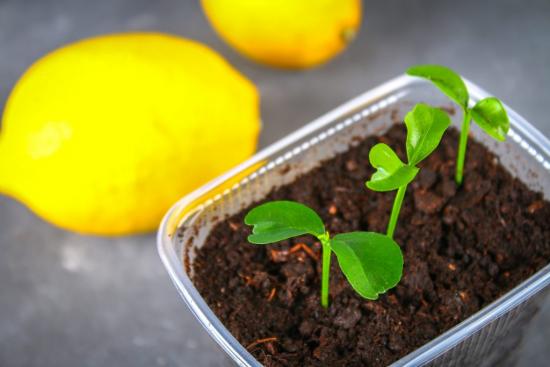
Grown plants are transplanted into larger ones pots. When planting, make sure that the root collar does not sink into the ground. This will prevent the development of putrefactive processes.
Care: watering, fertilizing, temperature control
Reviews of the Novogruzinsky lemon once again confirm that the variety can be used for growing indoors. The tree itself looks very decorative and fits well into any interior style. Attractive points are high productivity and low demands on the environment.
Of course, in order for a lemon to delight you with fruits, you will need to create some conditions for its maintenance.
It is best to place a pot with a plant near windows facing south or east. In the hottest sunshine, the windows will need to be shaded a little.
To ensure that the crown is formed evenly, the container with the plant is rotated 10 degrees every week and a half. Throughout the winter, the plant requires rest: it is recommended to reduce watering, daylight during this period should be about 6 hours, the temperature can be lowered by several degrees.
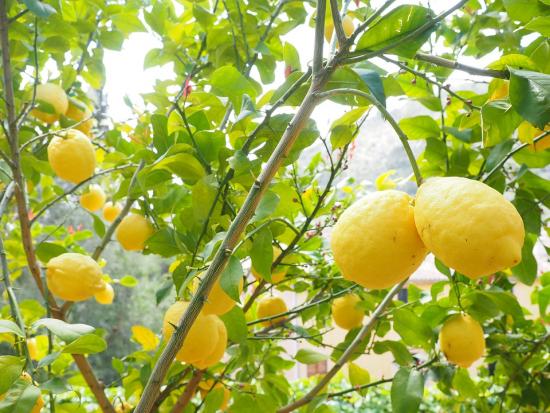
Rules for caring for indoors lemon Novogruzinsky varieties do not differ particularly from standard recommendations for caring for lemon trees.
Recommended temperature
Ideally, the temperature is adjusted according to the stage of plant development and the time of year. For example, during the first three years of life a plant needs +17 +18 C.
With the onset of flowering, the temperature can fluctuate between +14 C +18 C; with a strong increase, the plant can drop its flowers. Fruit growth occurs most actively at +20 +22 C, the optimal winter temperature is within +15 C.
In summer, a flowerpot with lemon can be kept in the garden or on the balcony, but provided that:
- the plant will not be in drafts or under the scorching sun,
- it will not be affected by strong winds or sudden changes in temperature.
If there is a threat of a sharp cold snap, it is advisable to bring the pot into the house at night or build a shelter over it.
Active growth of the tree is observed in summer, a decrease temperature is a signal about the beginning of a period of rest.
It is forbidden to place the flowerpot next to operating heating devices!
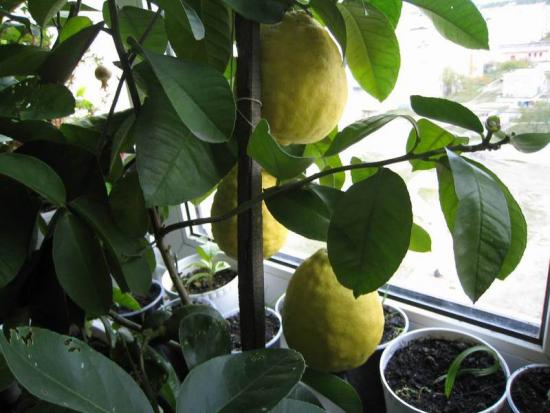
Watering
A sufficient amount of moisture ensures normal development of the root system and crown, timely flowering and ripening of fruits.
Water volume and frequency watering are determined by growth activity:
- from mid-spring to mid-autumn, watering the plant is required daily
- in the cold season - once a week
Excess moisture should not be allowed in winter - putrefactive processes may develop on the roots, and the foliage may also suffer.
The water should be settled, the temperature should be from 20 to 24 C. It is also recommended to spray the leaves - 2 times a day in summer, 2 times a month in winter, it is not recommended to moisten the leaves too much.
Feeding
The rapidly developing plant greatly depletes the soil, so the seedlings require systematic feeding. In the warm season, add minerals will be required every 15-20 days; in winter, fertilizers will not be required. But if the plant does not have a rest period, then fertilizing is carried out once a month.
Mineral supplements should contain:
- copper and phosphorus
- potassium and iron
- magnesium and calcium
- nitrogen
For organic matter, it is recommended to use a diluted infusion of manure.
Before applying fertilizer, the plant is watered. The fertilizers themselves are applied in the form of solutions.
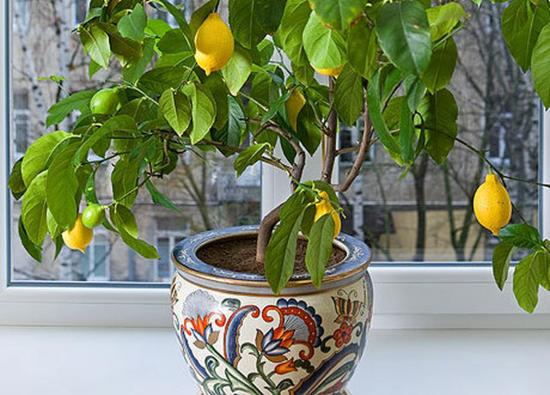
A delay in the beginning of fruiting may indicate a lack of phosphorus; accordingly, the composition of mineral supplements will need to be adjusted.
How to form the crown of a Novogruzinsky lemon
The crown is formed by properly pruning the branches. For an ornamental plant, a neat, rounded shape would be a suitable option. If the owners’ plans include obtaining fruits, then it will be necessary to ensure the presence of a sufficient number of lateral fruits. shoots.
Pursuing such goals, pinching is performed: zero shoot, upon reaching a height of 25 cm
the following is done after 20 cm. In the area between the pinches there should be 4 buds from which branches will develop.
Shoots of the first order are pinched at a height of 26-30 cm; after harvesting, they are cut below the pinching point.
Next, pinching is carried out taking into account that the length of the subsequent shoot should be 5 cm less than the previous one.
The formation of fruit buds occurs on shoots of the 3rd and 4th orders. If you abandon the pinching procedure, the branches will grow longer, and the process of formation of fruiting areas will slow down.
Withered or drying branches, as well as weak ones, must be removed.
Diseases and pests
The cause of poor plant health may be:
- illnesses
- pests
- improper care
Let's look at common problems.
Yellowing of leaves
The reason may be too dry air or a lack of minerals in the soil. The same symptom can be observed during a spider mite invasion.
Preventing the problem is not difficult:
- It is recommended to regularly spray the tree with water
- introduce complex feeding
- do not place a flowerpot with a plant near heating appliances
- If insects appear, it is necessary to treat with insecticides
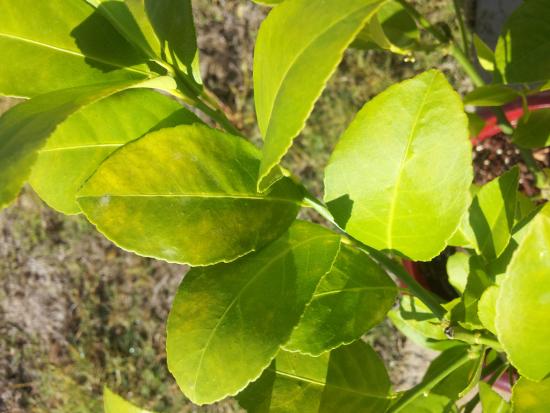
Falling leaves
Can be observed when infected with spider mites.When the leaves dry out and fall off, the amount of watering should be increased; the plant may lack moisture.
The tips of the leaves dry out
Perhaps watering is done in too small volumes, or the plant does not have enough light.
Dry spots all over the leaf
This is usually the result of a sunburn.
The most common pests that attack lemons are:
- whiteflies
- scale insects
- mealyworms
- aphids
Insecticides are used to destroy pests; watering with tincture can be recommended from folk remedies. garlic.
Grow lemon in indoor conditions it is not difficult, but in order to get a fruit-bearing tree you will need to study the rules of care and provide appropriate conditions.
We invite you to watch an interesting video about the formation of a dimon tree:

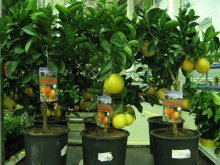
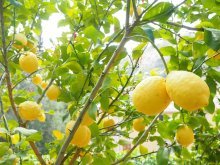
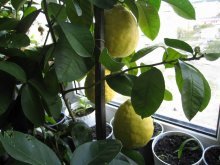
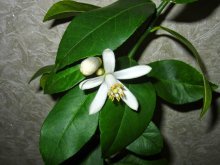
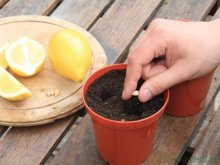
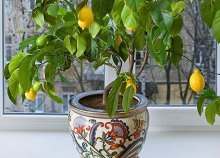
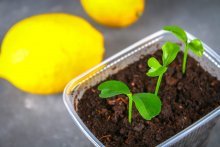
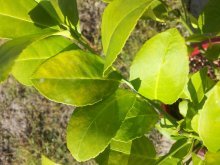
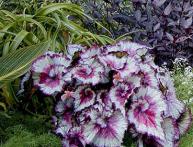
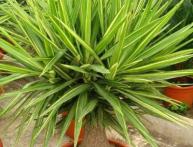
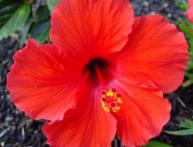
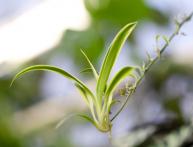

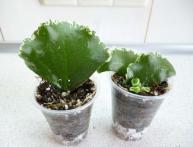
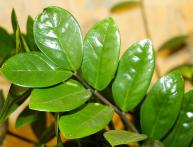
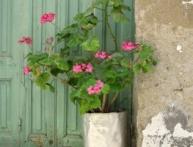
Comments
I tried to grow lemon at home many times, but without success. The plant is really very beautiful and its aroma is amazing, but care is still not easy and certain conditions are required. I'll try to find the Novogruzinsky variety. Perhaps it is less whimsical than the ones I had.
I tried to plant the New Georgian variety at home. It took off and grew well, but did not begin to bloom or bear fruit. I gave it to my neighbor, and now it has bloomed and is now waiting for fruit. Apparently I’m not in the right situation for this fruit.